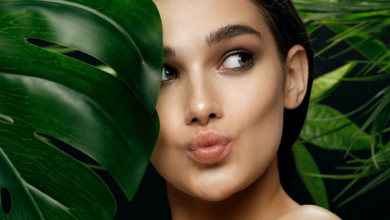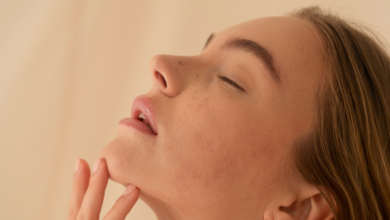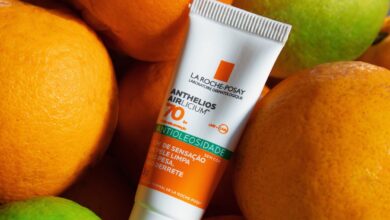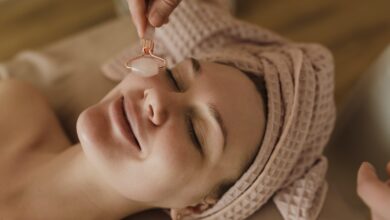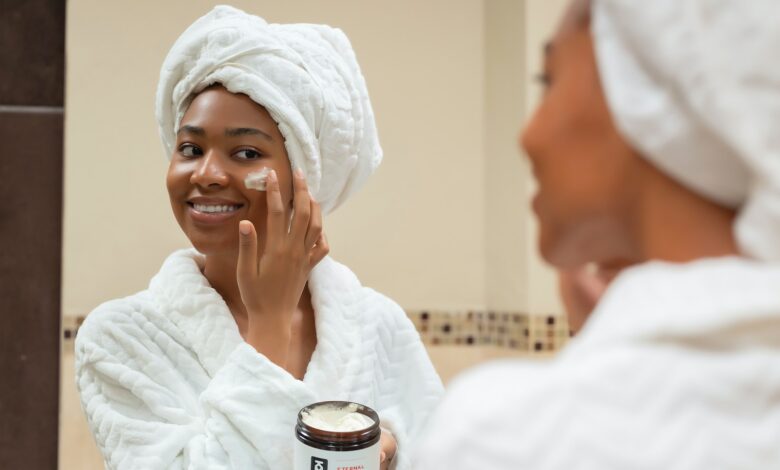
In this article, you will gain insightful guidance from the experts at Stylish.ae, who will provide you with an overview of the art of layering skin care products. Discover the secrets behind achieving a flawless complexion by understanding the proper order and combination of various products. With the expert knowledge shared in this article, you will be equipped with the necessary tools to enhance the effectiveness of your skincare routine, resulting in radiant and healthy-looking skin.
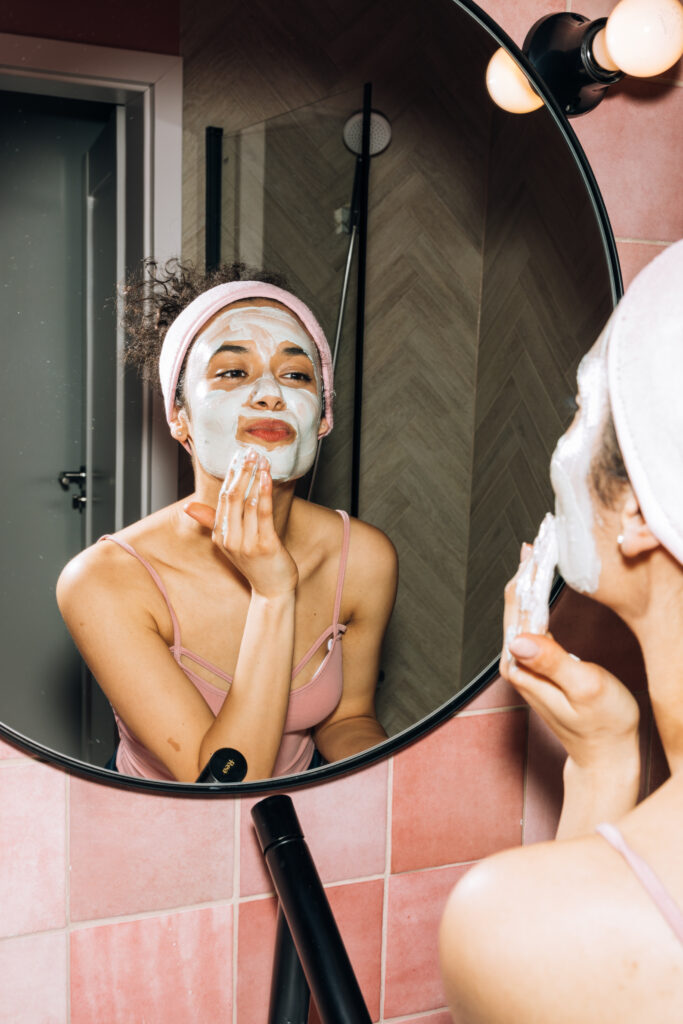
Why Layering Skin Care Products is Important
Achieving Maximum Benefits
Layering skin care products is an essential step in any skincare routine as it allows you to maximize the benefits of each product. By layering different products, you can address multiple skin concerns and target specific areas more effectively. For example, if you have dry skin, you can layer a hydrating serum with a moisturizer to provide deep and long-lasting hydration. Additionally, layering products can create a protective barrier on the skin, preventing moisture loss and environmental damage.
Customizing Your Routine
Everyone’s skin is unique, and layering skin care products allows you to customize your routine according to your specific needs. With layering, you can mix and match products to create a tailored regimen that addresses your individual concerns. Whether you’re looking to combat acne, reduce signs of aging, or brighten your complexion, layering allows you to incorporate multiple products that target those specific issues. This customization ensures that you are giving your skin exactly what it needs to thrive.
Enhancing Product Efficacy
Layering skin care products can significantly enhance the efficacy of each individual product. When you apply products in the correct order, the active ingredients can penetrate the skin more effectively and work synergistically to deliver optimal results. For example, by applying a serum before a moisturizer, you are allowing the serum’s potent ingredients to penetrate deeply into the skin, while the moisturizer creates a barrier to lock in those active ingredients. This combination increases the overall effectiveness of the products, leading to visible improvements in the skin.
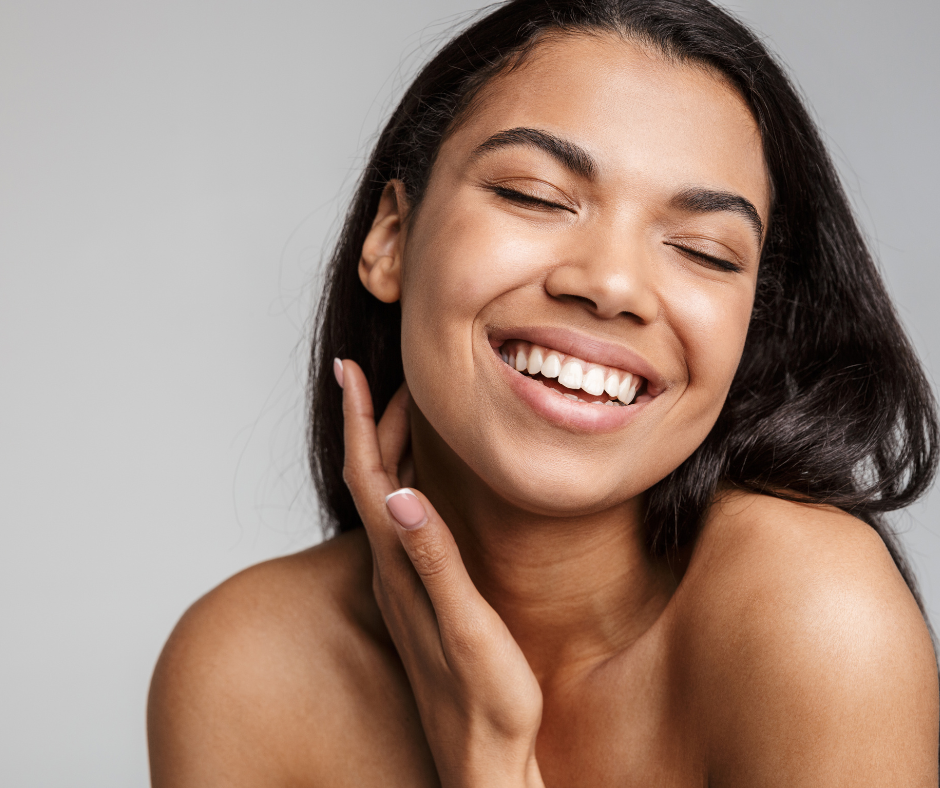
Understanding Your Skin Type
Identifying Your Skin Type
Before you can effectively layer skin care products, it is crucial to identify your skin type. Knowing your skin type will help you choose the right products and understand how they will interact with your skin. There are four main skin types: normal, dry, oily, and combination.
Normal skin is balanced, neither too dry nor too oily. Dry skin lacks moisture and often feels tight and flaky. Oily skin produces excess sebum, leading to a shiny complexion and potential breakouts. Combination skin has a mix of oily and dry areas, with oiliness typically appearing in the T-zone (forehead, nose, and chin). Identifying your skin type will allow you to choose products that cater to its specific needs.
Choosing the Right Products
Once you have identified your skin type, it is essential to select products that are formulated specifically for your needs. For example, if you have dry skin, look for moisturizers and serums that are rich in hydrating ingredients such as hyaluronic acid or ceramides. If you have oily skin, opt for lightweight and oil-free products that won’t clog your pores.
Another factor to consider when choosing products is the presence of active ingredients that target your specific concerns. Whether you’re looking to brighten your complexion, reduce wrinkles, or combat acne, selecting products with the right active ingredients is crucial. For example, vitamin C is known for its brightening properties, while retinol is effective in fighting signs of aging. By choosing products with the right ingredients for your concerns, you can maximize the benefits of layering.
Step-by-Step Guide to Layering Skin Care Products
Cleansing
The first step in any skincare routine is cleansing. Cleansing removes dirt, oil, and impurities from the skin, preparing it for the subsequent products. Start by using a gentle cleanser that suits your skin type. Massage the cleanser onto damp skin in circular motions and rinse thoroughly with lukewarm water. Avoid using hot water as it can strip the skin of its natural oils.
Toning
After cleansing, toning is the next step. Toning helps balance the skin’s pH levels, tighten pores, and remove any remaining impurities. Choose an alcohol-free toner that suits your skin type. Apply the toner to a cotton pad and gently swipe it across your face and neck, avoiding the eye area. Allow the toner to dry completely before proceeding to the next step.
Serums
Serums are highly concentrated formulations that contain active ingredients to target specific skin concerns. Apply a few drops of your chosen serum onto your fingertips and gently press it into your skin. Start with a serum that addresses your primary concern, such as hydration or anti-aging. Allow the serum to absorb fully before moving on to the next step.
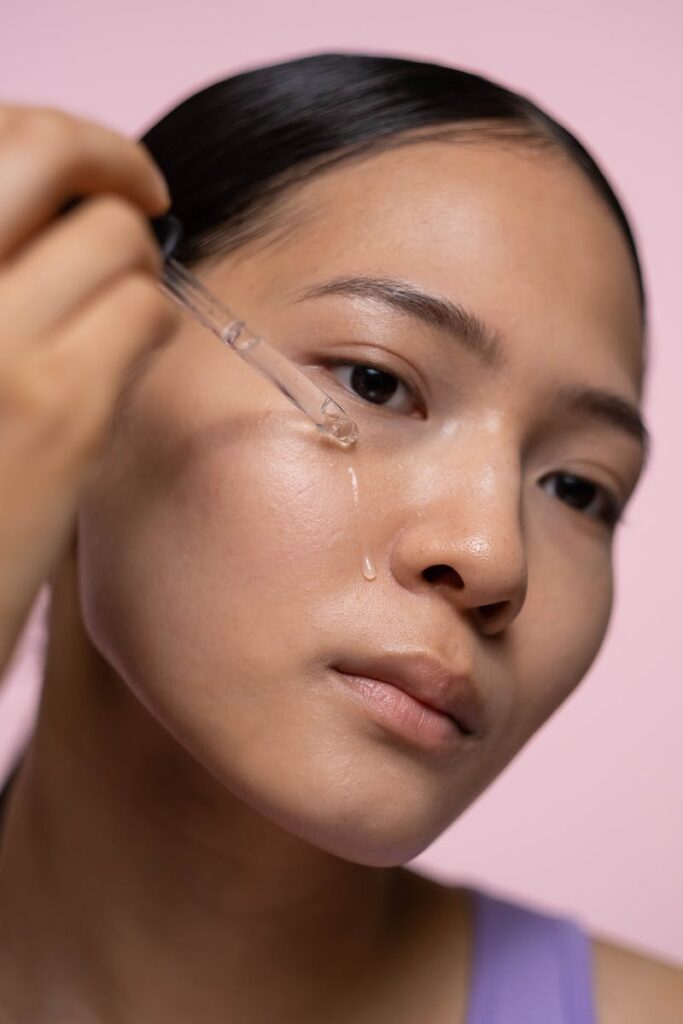
Moisturizers
Moisturizers are essential for maintaining the skin’s hydration and preventing moisture loss. Choose a moisturizer that suits your skin type and apply it evenly to your face and neck. Massage the moisturizer into your skin using upward strokes until it is fully absorbed. Make sure to include a moisturizer with SPF during the day to protect your skin from harmful UV rays.
Eye Creams
The delicate skin around the eyes requires special attention. Apply a small amount of eye cream onto your ring finger and gently pat it around the eye area, avoiding direct contact with the eyes. Eye creams help hydrate the skin, reduce puffiness, and diminish the appearance of fine lines and dark circles.
Sunscreen
Sunscreen is a crucial step in any skincare routine, regardless of the weather or time of year. Apply a broad-spectrum sunscreen with at least SPF 30 to your face, neck, and any exposed areas of the body. Gently massage the sunscreen into your skin and reapply as needed throughout the day. Sunscreen protects your skin from harmful UV rays, preventing premature aging and reducing the risk of skin cancer.
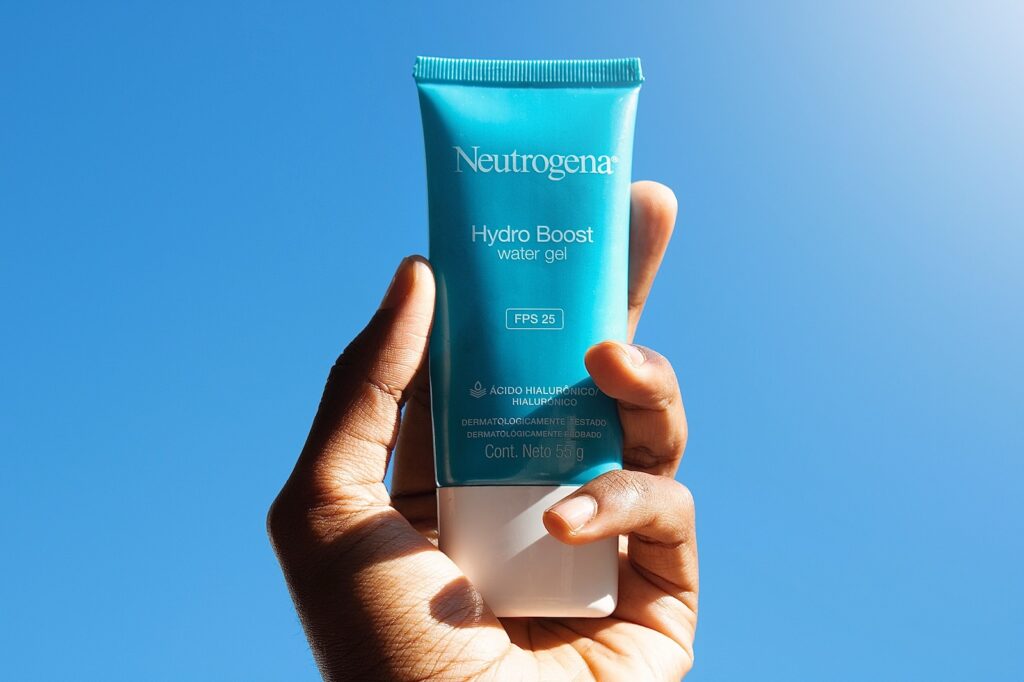
Face Masks
Face masks are a great way to treat specific skin concerns and provide an extra boost of hydration or purification. Choose a face mask that suits your needs, whether it’s a hydrating sheet mask or a clay mask for deep cleansing. Apply the mask to clean, dry skin and leave it on for the recommended time. Afterward, remove the mask and gently massage any remaining product into your skin.
Facial Oils
Facial oils are a luxurious addition to any skincare routine, providing intense hydration and nourishment. Apply a few drops of facial oil onto your fingertips and gently press it into your skin after moisturizer. Facial oils can be used for all skin types, but if you have oily skin, opt for lighter oils such as rosehip or argan oil.
Spot Treatments
Spot treatments are targeted products designed to treat specific skin concerns such as acne or dark spots. Apply a small amount of spot treatment directly onto the affected area and gently pat it into your skin. Spot treatments should be used sparingly and only on the areas that require treatment.
Exfoliators
Exfoliators are used to remove dead skin cells and promote cell turnover, revealing a smoother and brighter complexion. There are two types of exfoliators: chemical and physical. Chemical exfoliators contain ingredients such as AHAs or BHAs, which gently dissolve dead skin cells. Physical exfoliators, on the other hand, contain granules or particles that physically buff away dead skin cells. Choose an exfoliator that suits your skin type and use it once or twice a week to prevent over-exfoliation.
Common Mistakes to Avoid when Layering Products
Using Incompatible Ingredients
One common mistake when layering skin care products is using incompatible ingredients. Some ingredients may cancel out the effects of others or even cause skin reactions when combined. It is important to research the ingredients in your products and ensure they are compatible. If unsure, consult with a skincare professional to avoid any potential issues.
Applying Products in the Wrong Order
The order in which you apply your skin care products is crucial to their effectiveness. Applying products in the wrong order can prevent the active ingredients from penetrating the skin or interfere with the absorption of subsequent products. Always follow the general rule of thumb: cleanse, tone, serum, moisturize, and then follow with eye creams, sunscreen, masks, facial oils, spot treatments, and exfoliators.
Overloading the Skin
Layering too many products at once can overwhelm the skin and potentially lead to irritation. It is important to understand that more is not always better. Stick to a reasonable number of products and listen to your skin’s needs. If your skin feels congested or reacts negatively, consider simplifying your routine or consulting with a skincare professional.
Neglecting Waiting Time
Allowing each product to absorb fully before applying the next one is crucial for maximizing their efficacy. Rushing through the steps and not allowing enough waiting time can prevent the products from fully penetrating the skin and delivering their intended benefits. Patience is key when it comes to layering skin care products.
Skipping Patch Testing
Patch testing is a crucial step to ensure that your skin does not have any adverse reactions to new products. Even if a product is highly recommended or suitable for your skin type, it is still important to patch test it on a small area of your skin before applying it to your entire face. This will help identify any potential allergies or sensitivities and prevent unwanted reactions.
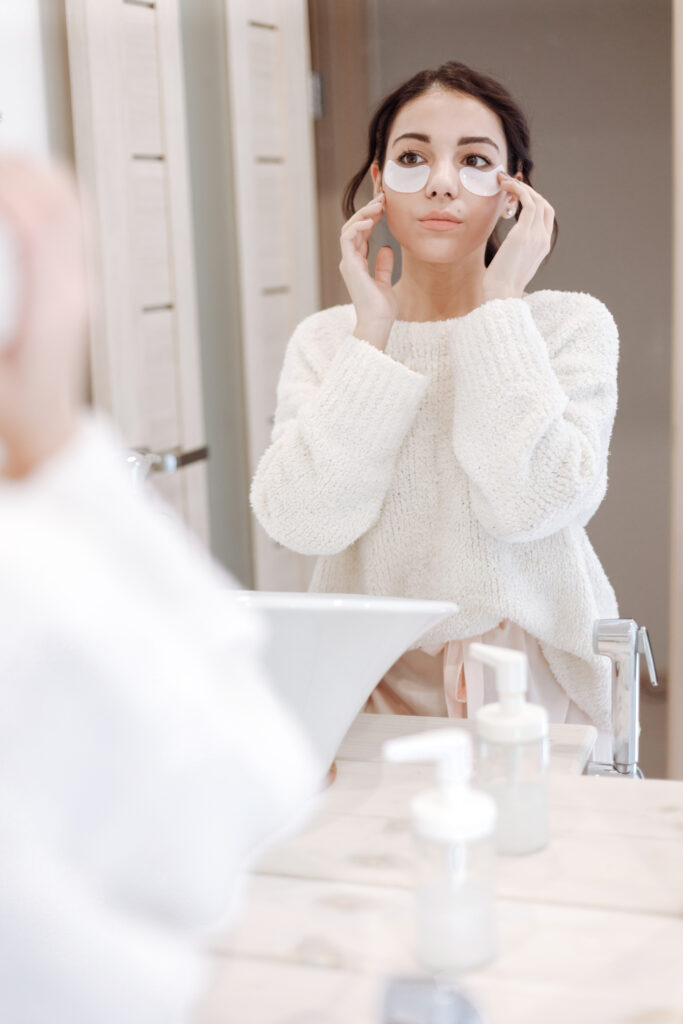
Product Recommendations for Each Step
Cleansing
Some gentle cleanser options include Cetaphil Gentle Skin Cleanser, La Roche-Posay Toleriane Hydrating Gentle Cleanser, and Neutrogena Ultra Gentle Daily Cleanser. Alternatively, micellar water can be used for a quick and convenient cleansing option.
Toning
Alcohol-free toners help balance the skin without stripping it of its natural oils. Recommended options include Thayers Alcohol-Free Rose Petal Witch Hazel Toner, Klairs Supple Preparation Facial Toner, and Mario Badescu Facial Spray with Aloe, Herbs, and Rosewater.
Serums
For hydration, consider serums containing hyaluronic acid such as The Ordinary Hyaluronic Acid 2% + B5, Neutrogena Hydro Boost Hydrating Serum, or Vichy Minéral 89. For anti-aging, serums with vitamin C like TruSkin Vitamin C Serum, Drunk Elephant C-Firma Day Serum, or Sunday Riley C.E.O. 15% Vitamin C Brightening Serum are recommended.
Moisturizers
Lightweight gel moisturizer options include Neutrogena Hydro Boost Water Gel, Belif The True Cream Aqua Bomb, and Clinique Dramatically Different Hydrating Jelly. For dry skin, richer cream moisturizers like CeraVe Moisturizing Cream, La Roche-Posay Toleriane Double Repair Face Moisturizer, or Drunk Elephant Lala Retro Whipped Cream are suitable.

Eye Creams
For anti-aging, eye creams like RoC Retinol Correxion Eye Cream, Kiehl’s Creamy Eye Treatment with Avocado, or Ole Henriksen Banana Bright Eye Cream are recommended. To target dark circles, consider products like Origins GinZing Refreshing Eye Cream, The Ordinary Caffeine Solution 5% + EGCG, or Tatcha The Pearl Tinted Eye Illuminating Treatment.
Sunscreen
Broad spectrum sunscreens with at least SPF 30 provide optimal sun protection. Consider options like EltaMD UV Clear Facial Sunscreen SPF 46, La Roche-Posay Anthelios Melt-In Milk Sunscreen SPF 60, or Supergoop! Unseen Sunscreen SPF 40.
Face Masks
Sheet masks are a popular option for hydration, such as Tony Moly I’m Real Sheet Masks, Dr. Jart+ Dermask Water Jet Vital Hydra Solution, or Mediheal N.M.F Intensive Hydrating Mask. Clay masks like Aztec Secret Indian Healing Clay, Innisfree Super Volcanic Pore Clay Mask, or Origins Clear Improvement Active Charcoal Mask are ideal for deep cleansing.

Facial Oils
Rosehip oil is a popular choice for facial oil, with options like The Ordinary 100% Organic Cold Pressed Rose Hip Seed Oil, Pai Rosehip Bioregenerate Oil, or Trilogy Certified Organic Rosehip Oil. Argan oil is another nourishing option, such as Josie Maran 100% Pure Argan Oil, The Body Shop Wild Argan Oil, or Acure The Essentials Moroccan Argan Oil.
Spot Treatments
For acne spot treatment, consider products like Kate Somerville EradiKate Acne Treatment, Mario Badescu Drying Lotion, or La Roche-Posay Effaclar Duo Acne Treatment. Dark spot correctors include options like Murad Rapid Age Spot and Pigment Lightening Serum, The Ordinary Alpha Arbutin 2% + HA, or Sunday Riley C.E.O. Dark Spot Corrector.

Exfoliators
Chemical exfoliants containing AHAs or BHAs are effective in promoting cell turnover. Recommended options include Paula’s Choice Skin Perfecting 2% BHA Liquid Exfoliant, The Ordinary Glycolic Acid 7% Toning Solution, or Dr. Dennis Gross Alpha Beta Universal Daily Peel. Physical scrubs like St. Ives Fresh Skin Apricot Scrub, Dermalogica Daily Microfoliant, or Tatcha The Rice Polish – Classic are also popular choices.
Tips for Layering Skin Care Products Effectively
Start with Thinnest Consistency
When layering multiple products, start with the thinnest consistency and work your way up to the thickest. This allows each product to absorb properly and prevents the products from piling or feeling heavy on the skin.
Allow Each Product to Fully Absorb
Give each product enough time to fully absorb into the skin before applying the next layer. This can take anywhere from 30 seconds to a few minutes, depending on the product. Patience is key to ensure optimal absorption and efficacy.
Pat, Don’t Rub
When applying products, it is important to use gentle patting motions rather than rubbing or tugging at the skin. Patting helps the products penetrate better without causing unnecessary friction or stretching of the skin.
Consider Patch Testing New Products
Before incorporating a new product into your routine, it is always recommended to patch test it first. Apply a small amount of the product to a small area of your skin, such as behind the ear or on the inner arm, and monitor for any adverse reactions for at least 24 hours. This will help you determine if the product is suitable for your skin.
Listen to Your Skin
Lastly, always pay attention to how your skin reacts to the products you are using. If you notice any redness, irritation, or discomfort, it may be a sign that a particular product is not suitable for your skin. Adjust your routine accordingly and consult with a skincare professional if persistent issues arise.
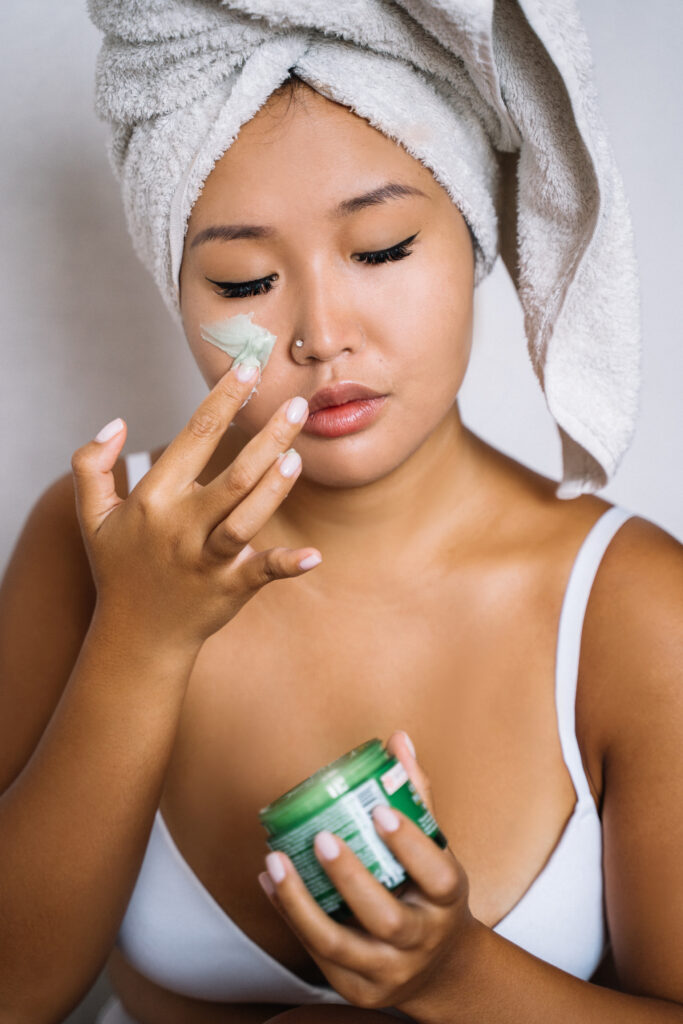
When to Seek Professional Advice
Persistent Skin Issues
If you experience persistent skin issues despite following a proper skincare routine, it may be time to seek the advice of a skincare professional. They can assess your skin condition, identify any underlying causes, and recommend targeted treatments or adjustments to your skincare routine.
Allergic Reactions
If you have a severe allergic reaction to a skincare product, such as hives, swelling, or difficulty breathing, seek immediate medical attention. Allergic reactions can be serious and require professional intervention.
Incompatibility with other Treatments
If you are undergoing any other treatments or using prescription medications, it is important to consult with a dermatologist or skincare professional before introducing new products. Some ingredients may not be compatible with certain treatments, and a professional can guide you on how to safely incorporate products into your routine.
Conclusion
Layering skin care products is essential for achieving maximum benefits, customizing your routine, and enhancing the efficacy of each product. By understanding your skin type, choosing the right products, and following a step-by-step guide, you can create a tailored regimen that addresses your specific needs. Avoid common mistakes, follow the recommended product recommendations, and remember to listen to your skin. When necessary, seek professional advice for persistent skin issues, allergic reactions, or incompatibility with other treatments. With the right knowledge and approach, layering skin care products can transform your skin and help you achieve a healthy, radiant complexion.

